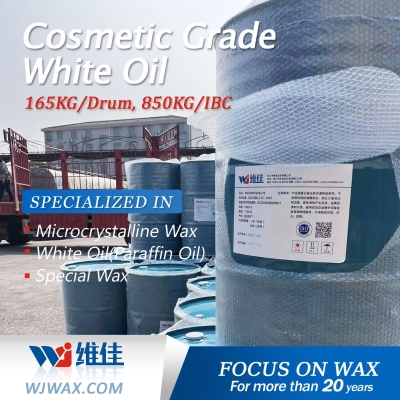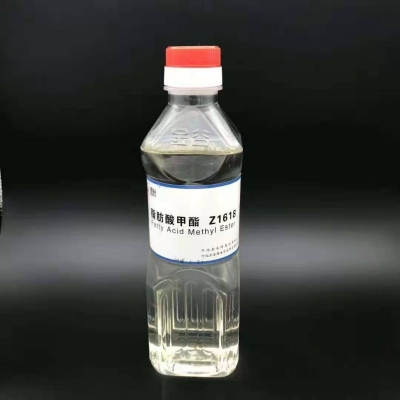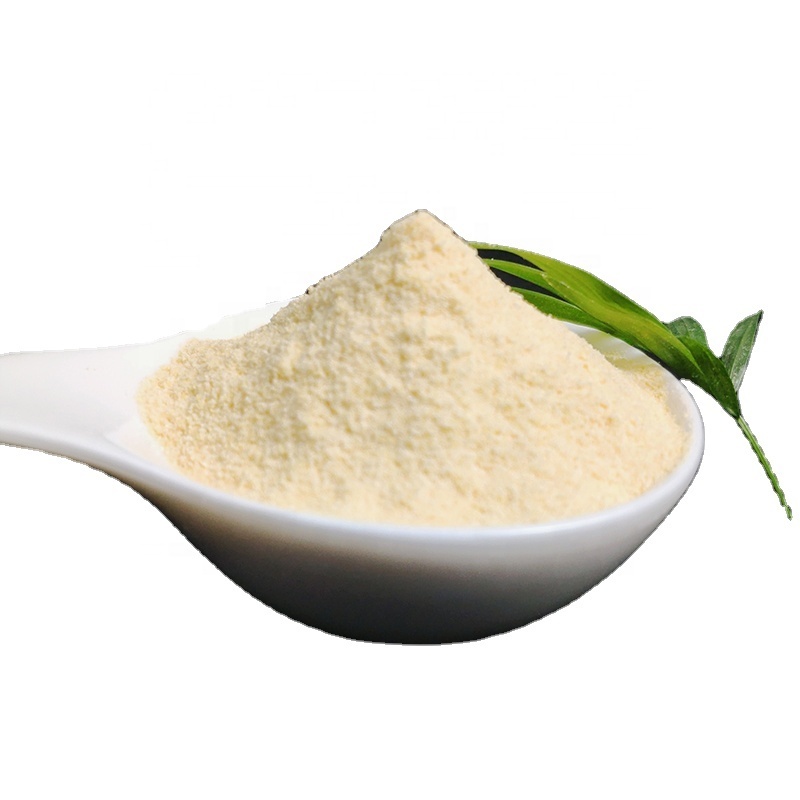-
Categories
-
Pharmaceutical Intermediates
-
Active Pharmaceutical Ingredients
-
Food Additives
- Industrial Coatings
- Agrochemicals
- Dyes and Pigments
- Surfactant
- Flavors and Fragrances
- Chemical Reagents
- Catalyst and Auxiliary
- Natural Products
- Inorganic Chemistry
-
Organic Chemistry
-
Biochemical Engineering
- Analytical Chemistry
-
Cosmetic Ingredient
- Water Treatment Chemical
-
Pharmaceutical Intermediates
Promotion
ECHEMI Mall
Wholesale
Weekly Price
Exhibition
News
-
Trade Service
On Tuesday (June 7), international oil prices rose, and there were doubts that the Organization of the Petroleum Exporting Countries and its partners (OPEC+) raising production targets could ease supply constraints
.
OPEC+ wants to ensure that the market is well supplied at prices that do not hurt the demand outlook, but OPEC+ faces a widening creditworthiness deficit
.
At 16:41 Beijing time, NYMEX crude oil futures rose 0.
35% to $118.
90 per barrel; ICE Brent crude futures rose 0.
19% to $119.
74 a barrel
.
Saudi Arabia, the world's oil exporter, raised its flagship flagship Arabian Light crude oil by $2.
10 from June to Asia's official selling price (OSP) in July and $6.
50 from the Oman/Dubai benchmark
.
This is the second time in a month that Saudi Arabia has raised its official selling price of physical crude oil
.
Arabian Light crude reached a record high of $9.
35 in May for official prices in Asia compared to Oman/Dubai benchmark prices
, driven by concerns that Russian production disruptions exacerbated supply and demand tensions.
While it is logical for Saudi Arabia to raise prices in order to obtain higher profits, this does not seem to be in line with the OPEC+ philosophy
.
OPEC+ wants to ensure that the market is
well supplied at a price that does not hurt the demand outlook.
The problem for the oil market is that OPEC+ is increasingly eroded and unable to meet its production increase commitments
.
OPEC members produced 24.
72 million b/d of crude in May, meaning they were about 858,000 b/d
below the broader OPEC+ collectively agreed target.
Russian production and exports have fallen, and it is clear that real supplies are much lower than previously promised
.
Last week, OPEC+ decided to expand production to 648,000 barrels per day in July and August, a 50 percent increase over the previously planned increase, which will be prorated
among all OPEC+ members.
However, most OPEC+ members, including Russia, which is under Western sanctions, have little room
to increase production.
Barclays on Monday (June 6) raised its 2022 and 2023 Brent crude price forecasts by $11/b and $23/b respectively, citing larger and longer-lasting disruptions in Russian supplies following EU sanctions
.
Barclays said Russian oil production is expected to fall by 1.
5 million b/d
by the end of the year.
The agency added that it no longer expects inventories to normalize during the forecast period, and that "limited spare capacity and constrained U.
S.
supply growth mean that inventories are likely to remain tight within our forecast range unless demand slows
significantly due to spillover effects.
" ”
EU leaders agreed last week to reduce oil imports from Russia by 90 percent
by the end of this year.
According to the International Energy Agency (IEA), before Russia's invasion of Ukraine, nearly half of Russia's crude oil and petroleum products exports went to Europe
.







